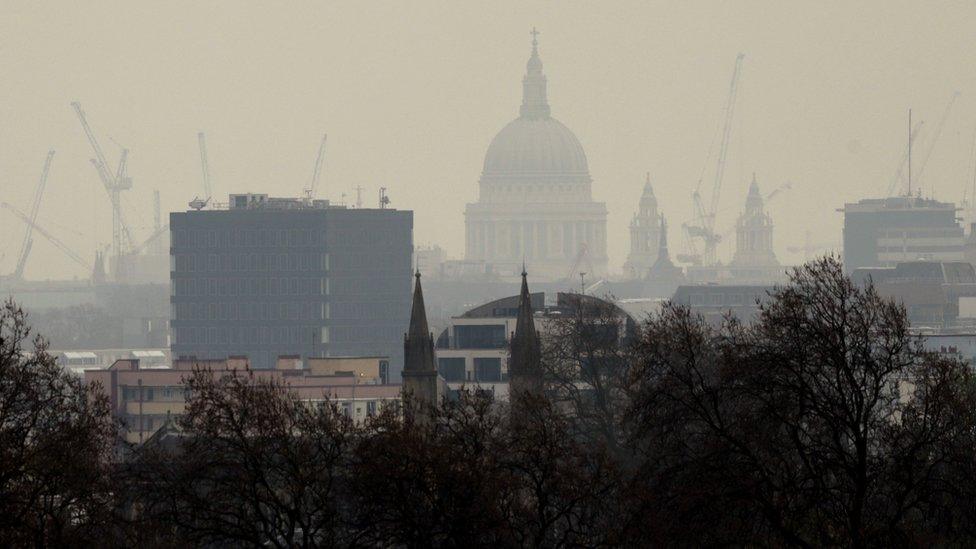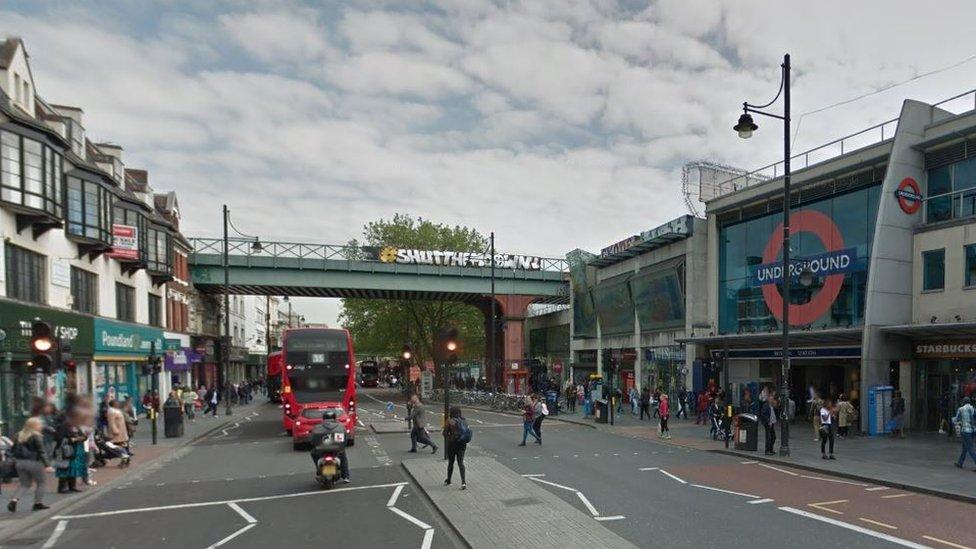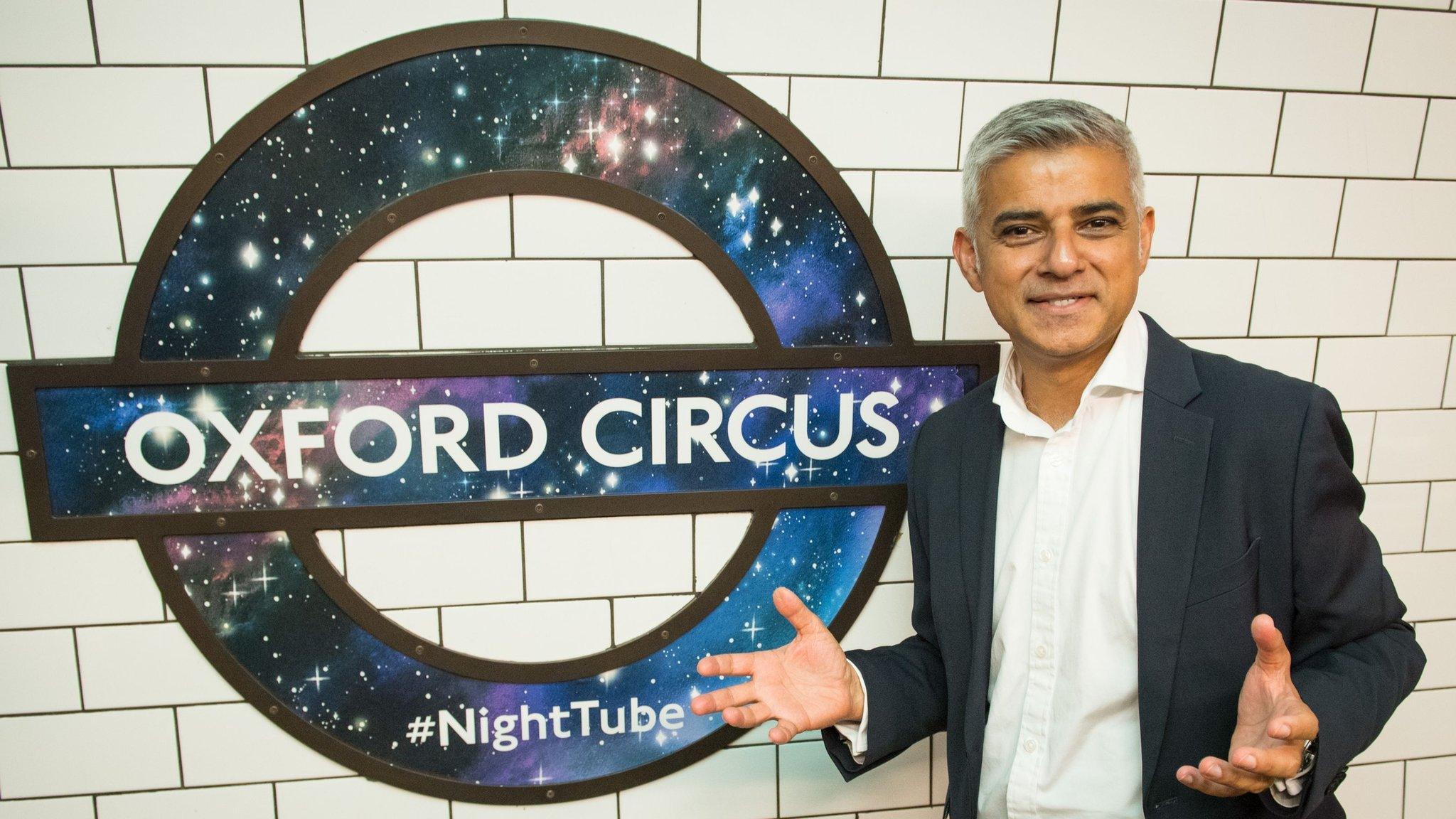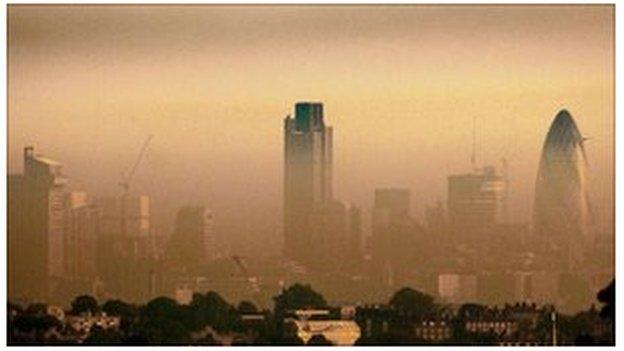Brixton Road breaches annual air pollution limit in five days
- Published

Air quality in the capital is monitored by King's College London
A south London road has breached its annual air pollution limit for 2017 in just five days.
Readings taken in Brixton Road found levels of nitrogen dioxide (NO2), linked to nearly 5,900 early deaths a year, repeatedly breached the EU limit.
King's College London, which runs the air quality monitoring stations, said similar pollution problems are found along many of London's main roads.
Oxford Street, Kings Road and the Strand are other pollution hotspots.
Under EU law the average hourly level of NO2, mostly caused by diesel vehicles, must not exceed 200 micrograms per cubic metre more than 18 times in a year.
In the first five days of 2017 Brixton Road had exceeded this annual limit on a further 19 occasions, according to the London Air Quality Network, external at King's College London.
At one point NO2 levels were nearly double the legal limit.

Nitrogen dioxide levels on Brixton Road have been registered at nearly double the legal limit
Putney High Street, which was the first London road to exceed its legal limit last year, went on to exceed the hourly limit more than 1,100 times in 2016.
The news has come on the day Mayor of London Sadiq Khan announced 10 new low emission bus zones in the capital.
The new routes bring the total number of Low Emission Zones planned to 12, including previously announced zones in Putney High Street and Brixton.
The mayor has pledged to double funding to tackle air pollution to £875m over five years.

Dr Gary Fuller and Andrew Grieve, Kings College London
Studies in cities around the world have found more early deaths and visits to A&E in cities where nitrogen dioxide (NO2) is high.
In the UK it is estimated that the air pollution that we breathe causes an estimated 40,000 early deaths per year.
Legal limits were set in 1999 to protect our health, with a deadline to meet them by 2010. Now, in 2017, they have been breached in the first five days of the year.
In towns and cities, the main source of NO2 is diesel traffic. Concentrations are worst alongside busy roads enclosed by buildings; especially those with many buses, lorries and taxis.
These are the streets where we live and shop.
Since 2010, the situation has started to improve alongside some of London's roads but, as yesterday's result shows, there is still a long way to go to meet the 2010 limits.

But Caroline Russell, who represents the Green Party on the London Assembly, said the plans were "just not enough".
"Too many people have had their lives shortened, their asthma and other respiratory problems worsened and their quality of life reduced as a result of weak mayoral policies and government inaction," she said.
In April a committee of MPs called air pollution in the UK a "public health emergency"., external
This week a study suggested as many as 11% of cases of dementia in people living near busy roads could be linked to air pollution.
- Published19 August 2016

- Published5 August 2016

- Published15 July 2015
